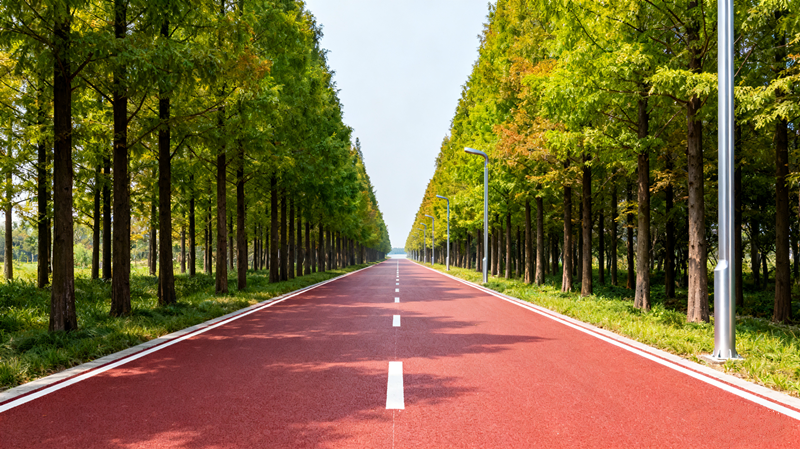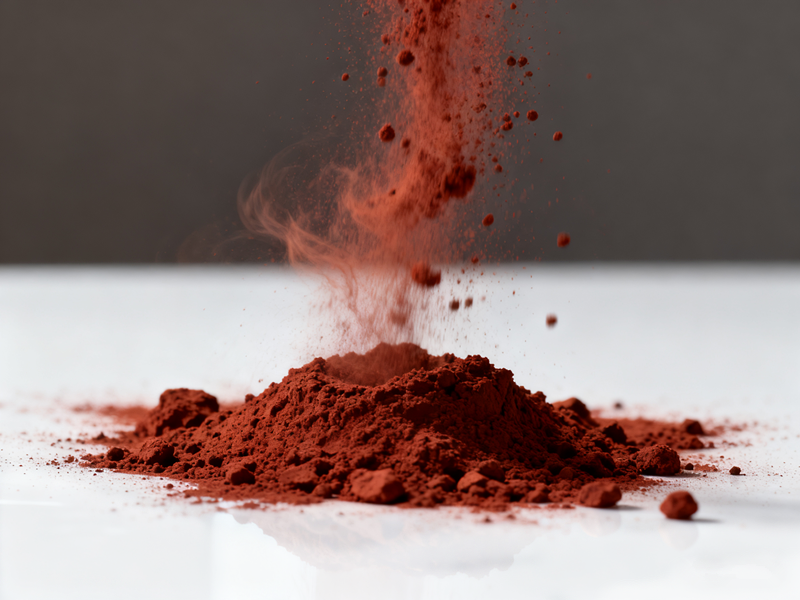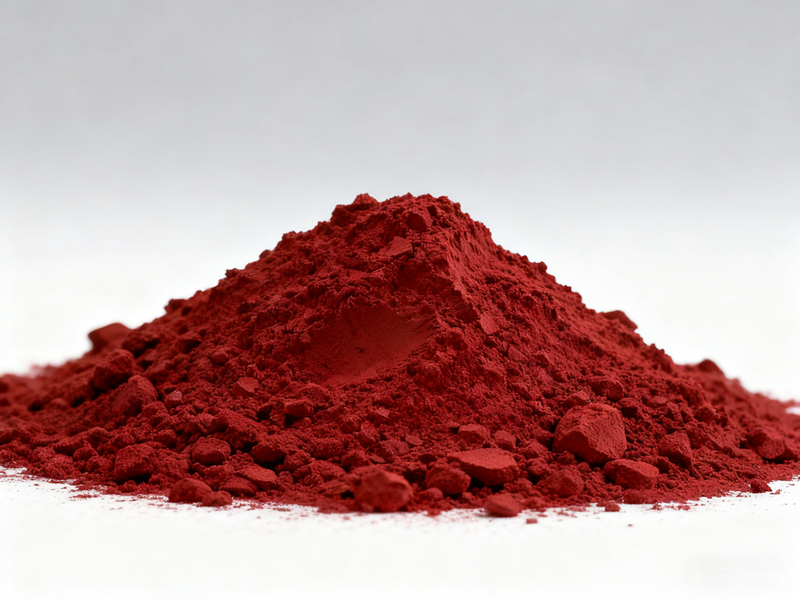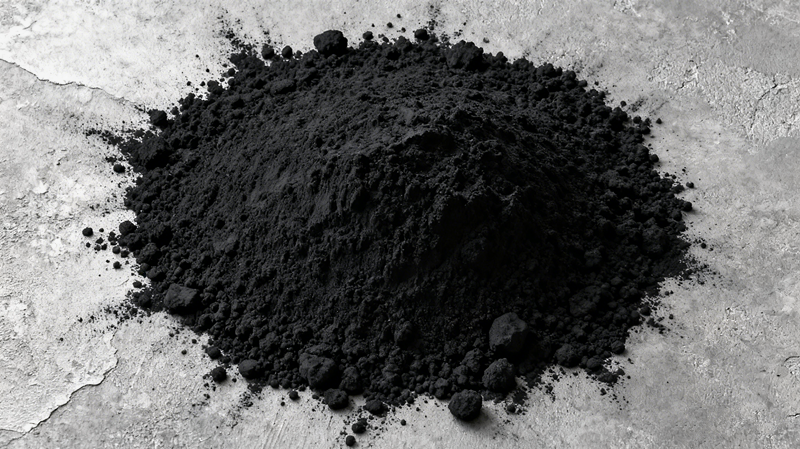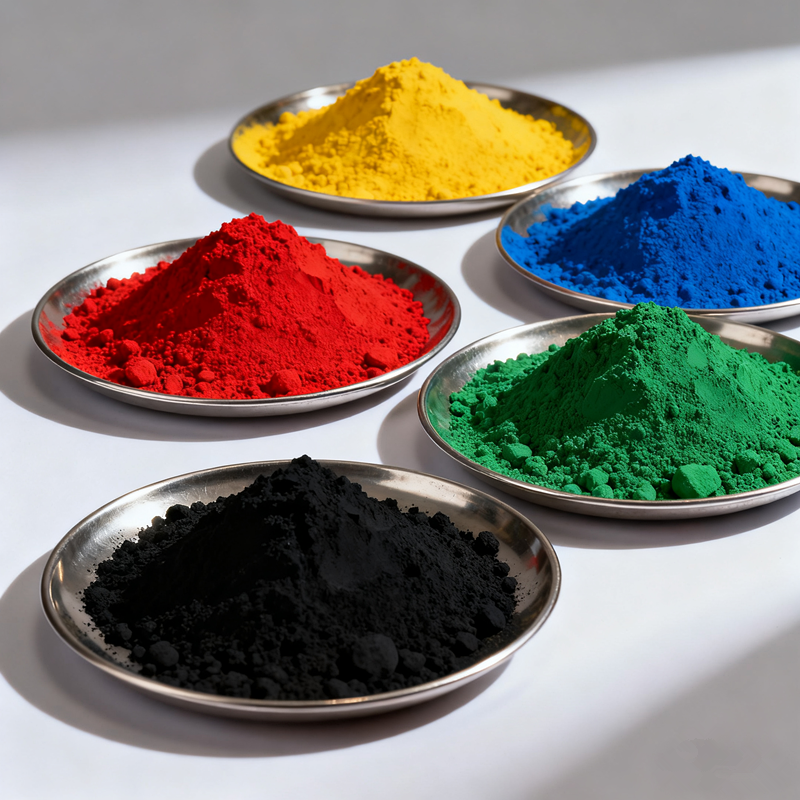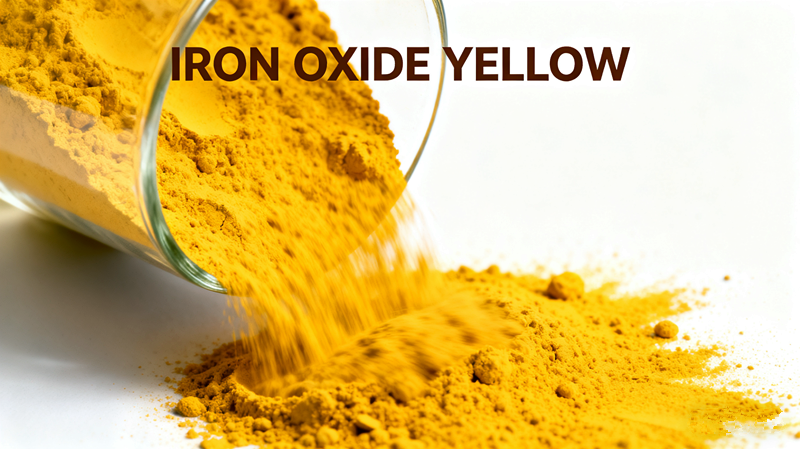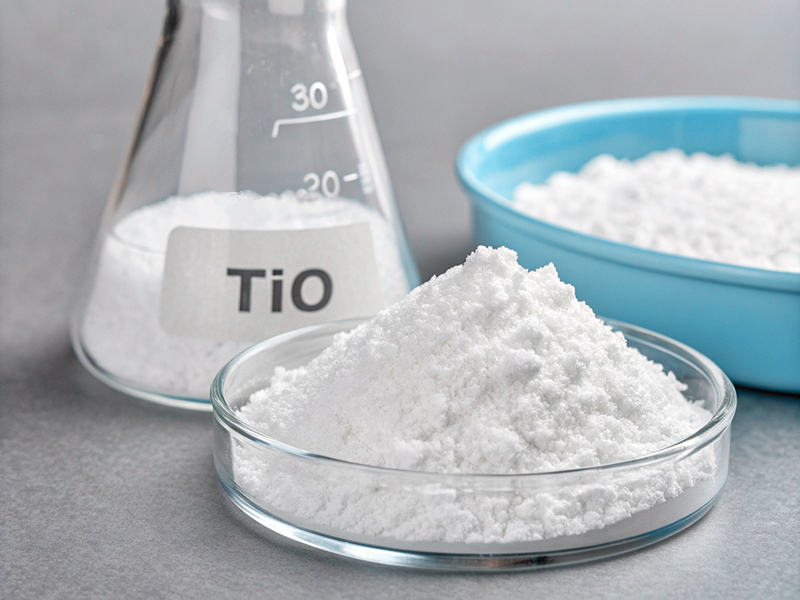Colored asphalt roads are becoming increasingly common in modern urban planning and infrastructure projects. Among the many pigments available, red iron oxide1 has shown steady growth in its application due to its performance, durability, and cost-effectiveness. This trend reflects the rising demand for functional and aesthetic road solutions in cities, residential areas, and industrial projects.
Why Colored Asphalt Is Growing in Popularity
Traditional black asphalt has long been the standard choice for roads and pavements. However, with the expansion of cities and the need for improved traffic management, safety, and urban aesthetics2, colored asphalt3 is gaining attention. Colored roads can:
- Highlight specific lanes such as bus lanes, bicycle paths, and pedestrian crossings.
- Improve visibility in high-traffic or accident-prone areas.
- Provide long-term solutions for decorative and functional paving in commercial and residential environments.
The growth of colored asphalt4 use aligns with the broader trend of designing roads not just for functionality but also for visual impact and safety.
The Role of Red Iron Oxide Pigment
Red iron oxide pigment is one of the most widely used inorganic pigments in colored asphalt. Its popularity stems from its combination of strong tinting strength, stability, and affordability. The pigment gives asphalt a deep, uniform red shade that is resistant to fading and weathering.
The primary characteristics of red iron oxide5 in asphalt applications include:
- Color Strength and Consistency – Red iron oxide produces a vivid, stable color that enhances road visibility and aesthetics.
- UV and Weather Resistance6 – It maintains its color under long-term exposure to sunlight, rain, and varying temperatures.
- Durability – As an inorganic pigment, it does not easily react with the chemicals in asphalt or external pollutants.
- Cost-Effectiveness – Compared with other colored pigments, red iron oxide5 is widely available and economically viable for large-scale projects.
These advantages make it the preferred choice in many government, municipal, and private projects seeking durable colored surfaces.
Growth Factors Driving the Market
Several factors explain why the use of red iron oxide pigment in colored asphalt roads is expanding:
- Urban Infrastructure Development: Many cities are investing in road networks that incorporate design elements for safety and aesthetic value. Red-colored asphalt is frequently used for bicycle lanes, pedestrian areas, and bus routes.
- Safety and Traffic Management: The bright red color stands out, helping to guide drivers and pedestrians, thereby reducing accidents in busy zones.
- Environmental and Sustainability Goals: Red iron oxide is non-toxic and environmentally safe, fitting into the growing emphasis on sustainable construction materials.
- Long-Term Performance: Because of its resistance to fading, the maintenance cost for colored asphalt with red iron oxide is relatively low, making it an attractive option for municipalities managing long-term budgets.
Case Applications in Road Projects
Red iron oxide asphalt can be seen in a wide range of practical applications. Cities in Europe, North America, and Asia increasingly use it for bicycle lanes, pedestrian walkways, and public squares. In industrial parks and residential projects, red asphalt enhances the landscape design while also serving a functional role in differentiating traffic zones.
For example, bus lanes marked in red asphalt are highly visible, helping drivers respect designated routes. Similarly, bicycle paths colored with red iron oxide pigment create a safer separation between cyclists and motor traffic. Public spaces such as plazas and parking areas also use red asphalt to improve aesthetics and highlight walking paths.
Challenges and Considerations
While red iron oxide is widely used, there are considerations for its application in asphalt. Proper mixing and uniform dispersion of the pigment are essential to achieve consistent coloration. Contractors also need to consider the type of asphalt mixture7, as certain aggregates and binders may influence the final shade. In addition, while red iron oxide provides excellent durability, extremely heavy traffic or harsh climates may require more frequent maintenance to retain visual appeal.
Future Outlook
The application of red iron oxide pigment in colored asphalt roads8 is expected to continue its upward trend. Growing urbanization, combined with government initiatives for safer and more sustainable transport systems, will drive further demand. With ongoing improvements in pigment technology and asphalt formulations, the color stability and longevity of red asphalt are also likely to improve.
Municipal planners and construction companies are likely to favor red iron oxide due to its proven balance of cost, performance, and availability. As more cities adopt smart infrastructure approaches, colored asphalt, led by red iron oxide, will play an increasingly important role in shaping safer and more attractive urban environments.
Conclusion
The growth of red iron oxide pigment in colored asphalt roads reflects a broader move toward infrastructure that combines safety, function, and aesthetics. Its durability, strong color stability, and economic advantage have made it a reliable choice for a variety of applications, from bike lanes to bus routes and public squares. As cities continue to expand and prioritize sustainable, visually appealing infrastructure, red iron oxide will remain at the forefront of colored asphalt development.
-
Explore the advantages of red iron oxide, including its durability and cost-effectiveness for modern road solutions. ↩
-
Learn how urban aesthetics play a crucial role in enhancing city environments and improving quality of life. ↩
-
Explore the advantages of colored asphalt, including safety, aesthetics, and traffic management improvements. ↩
-
Explore how colored asphalt enhances road safety and aesthetics, making it a valuable resource for urban planning. ↩
-
Explore this link to understand how red iron oxide enhances asphalt durability and aesthetics. ↩ ↩
-
Learn about the importance of UV and weather resistance in asphalt to ensure long-lasting road quality. ↩
-
This resource will provide insights into how different asphalt mixtures influence performance and aesthetics. ↩
-
Learn how colored asphalt roads contribute to safer and more visually appealing urban environments. ↩


